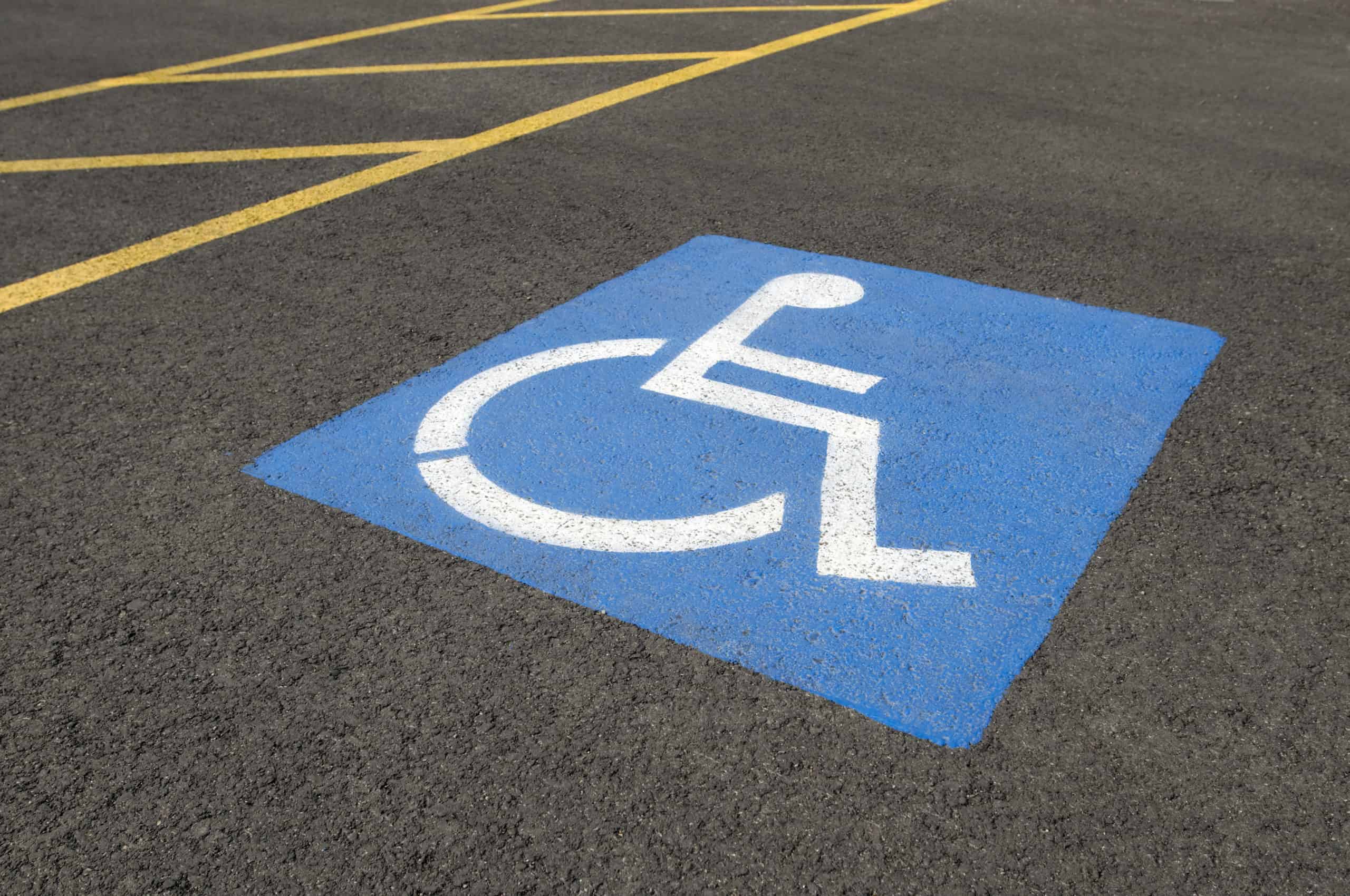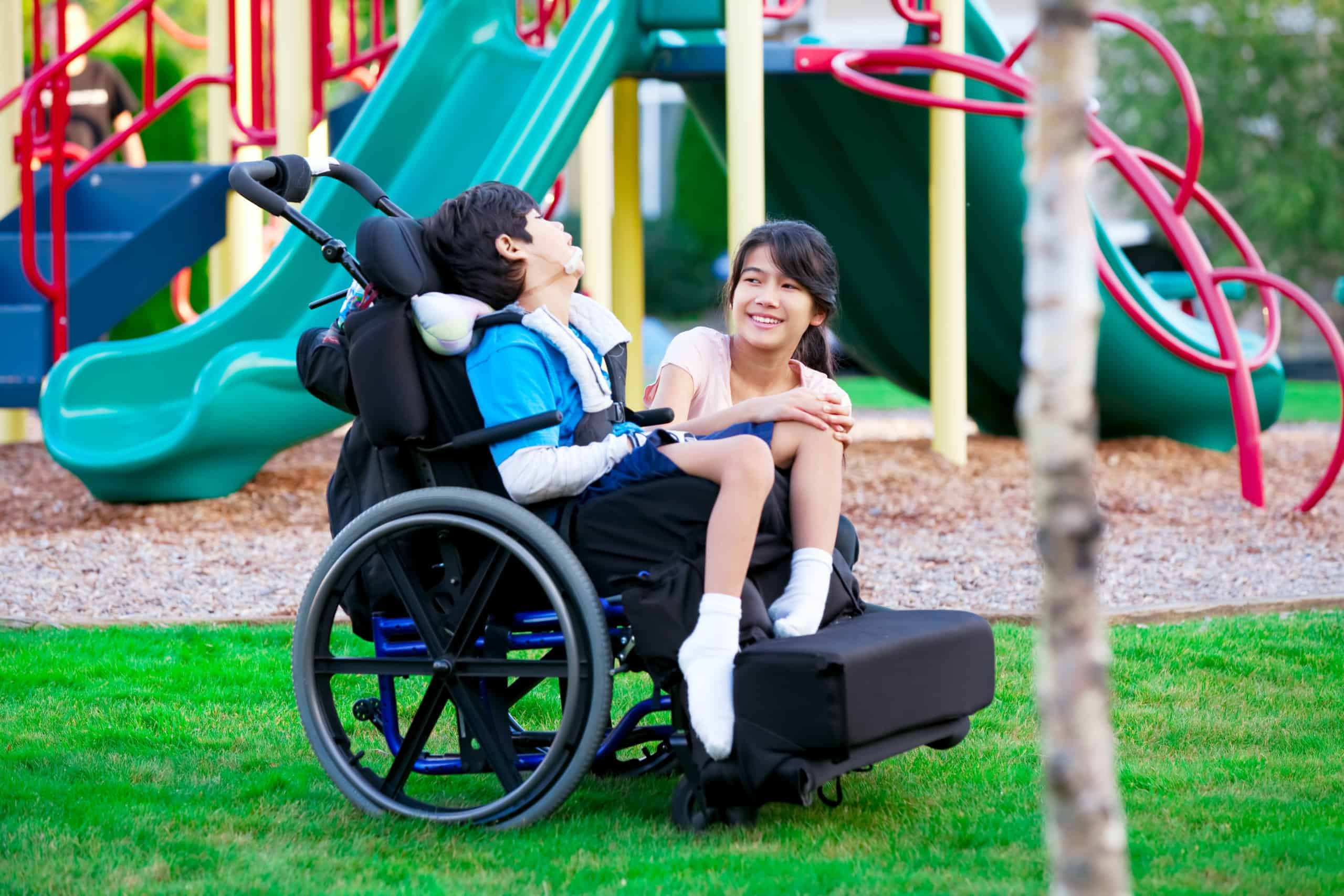
Top Changes to the Illinois Accessibility Code - 2018 Update

The Illinois Accessibility Code (IAC) has been updated for the first time in nearly 20 years and went into effect on October 23, 2018. Established in 1997, the IAC requires certain accessibility standards to guarantee that newly-constructed or renovated buildings are safe and readily accessible to persons with disabilities.
Here are some of the major observations and changes that we noticed.
IAC Document Changes:
- No longer has a table of contents, index, or page numbers
- It is now divided into chapters and includes illustrations within the document
- It includes tables in some chapters, making it easier to find answers
- The Historical Building section is now easier to read and interpret
- General exceptions to construction sites are now written more clearly, lessening the need for further interpretation
IAC Code Changes:
- Access aisles for each handicapped parking space are no longer required, however, they may be shared between spaces
- Exercise machines and equipment must be accessible
- Play areas, elevated play areas, and amusement parks must allow access
- Swimming pools must all have permanently located lifts that can be operated solely by the handicapped person
One general observation that most Code Professionals will notice is that the layout of the updated Illinois Accessibility Code has been changed and is now written in the same format as the International Building Code, making it much easier to search. In addition, the new IAC is now divided into 10 Chapters which is quite different from the 1997 IAC. For example, Chapter 1 is General and Definitions, and Chapter 2 contains very specific sections relating to most areas that Code Professionals need. Chapter 3 focuses on the building blocks for maneuvering space, reaching space, turning, and knee and toe clearances. One great enhancement that makes it easier to search is the addition of illustrations and tables within the correct chapter versus being noted in Appendix A (which is now removed).
Probably the biggest change in the actual code is that access aisles for every handicapped parking space are no longer needed unless it’s a diagonal parking spot. Regular parking spots can now share an access aisle with the neighboring parking spot. Other key code changes deal with exercise machines, playground equipment, swimming pools, lifts, and amusement park rides. These code changes will be critical when designing or updating recreation centers, gyms, shopping centers, parking lots, and temporary amusement parks that we often see at local carnivals.
Subscribe to HR Green Insights
We're dedicated to providing up-to-date knowledge and insights about the topics that matter most to you. We know how busy you are, so we will keep this simple, covering just one topic per email. Once you've subscribed, you can easily customize your preferences to receive only the updates relevant to you.

